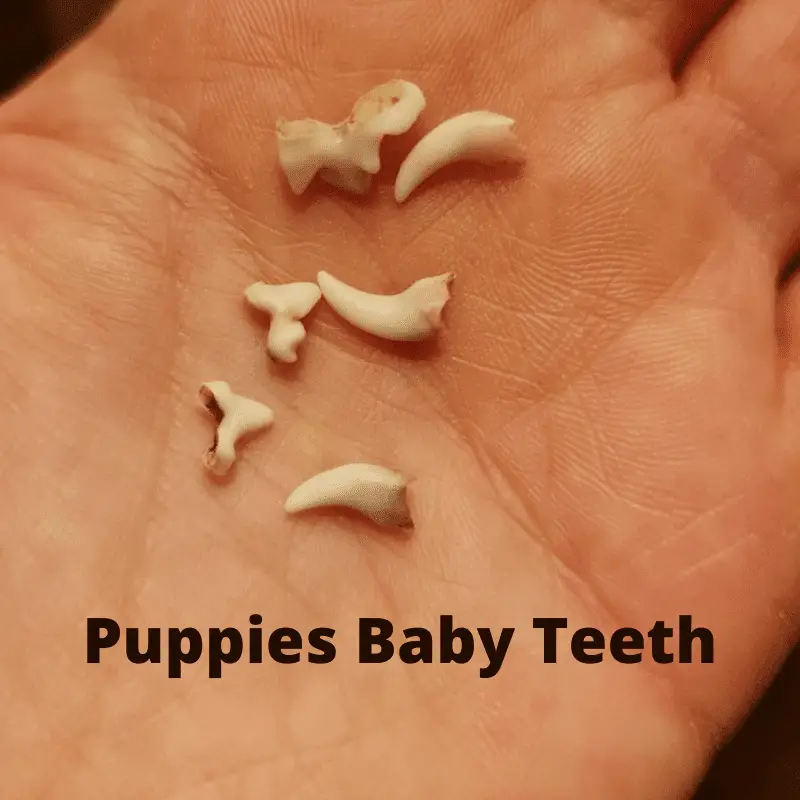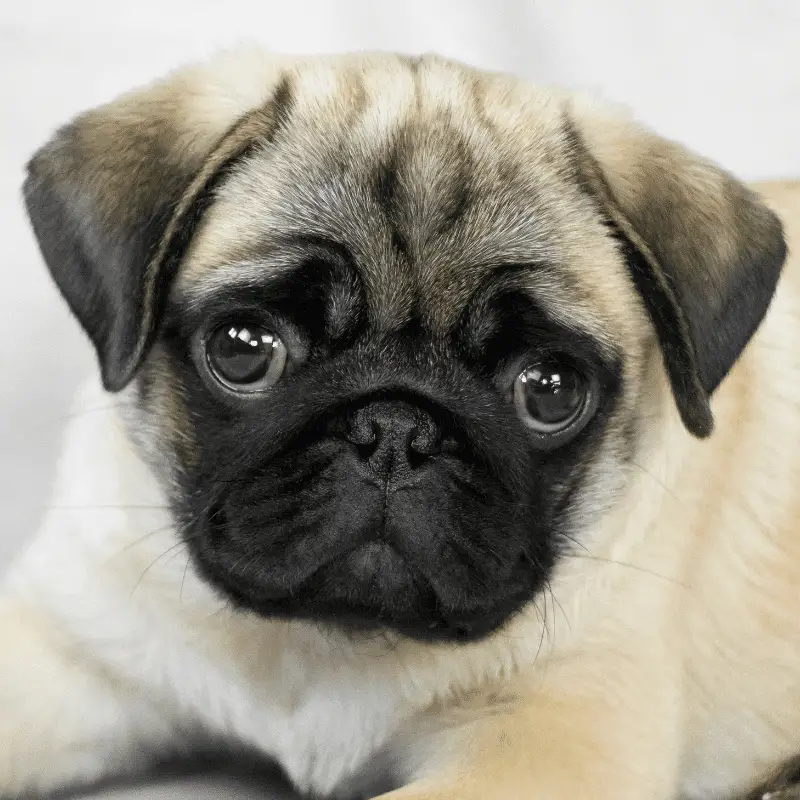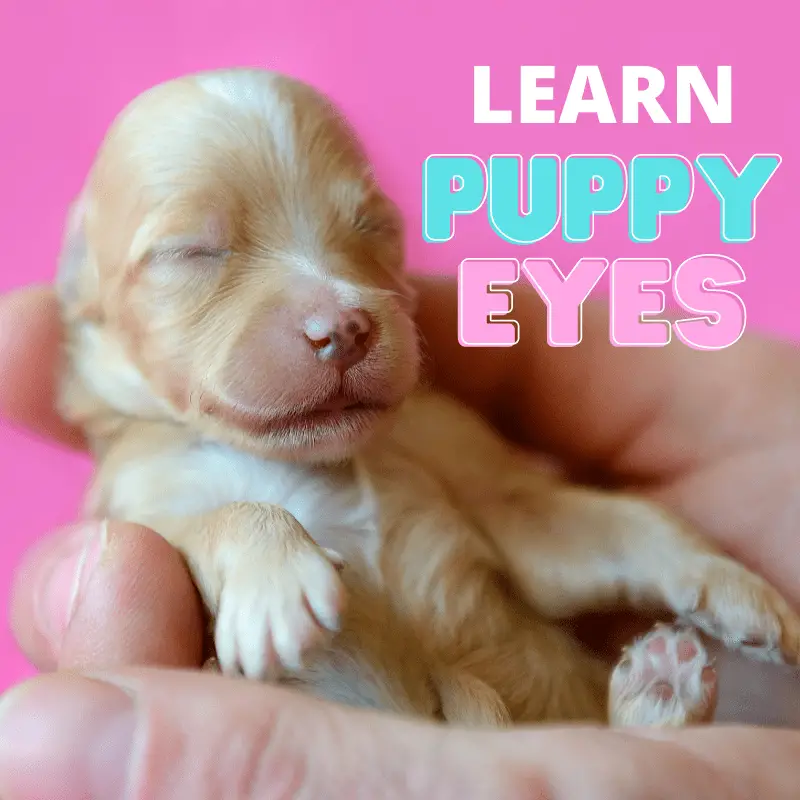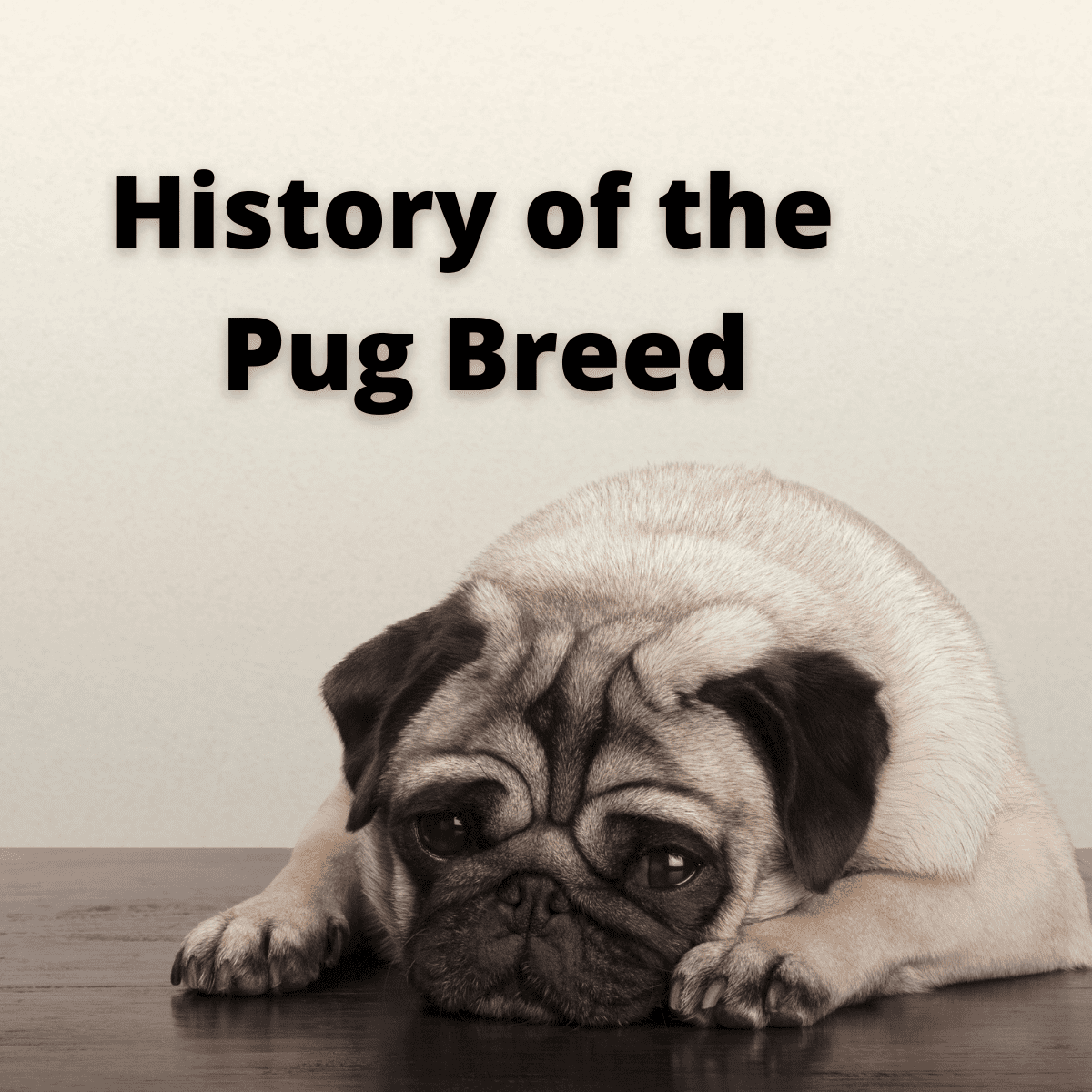If you are lucky enough to have just welcomed a cute baby pug into your family, you might be wondering when their baby teeth fall out. Below is all the information you will need and some example photos of baby teeth.
Pugs will lose their baby teeth from 8-16 weeks of age. This process will gradually happen one by one and last up to eight months. When the 42 adult teeth have replaced all the pugs baby teeth, you will expect no more to fall out after this period. The only other time a pug will lose their teeth is if they are damaged or wear and tear as they age.
The Pug breed is a quiet, cute dog that loves to cuddle up with its owners, as you are already familiar with being a pug parent. They are gentle and protective of family members.
The exciting thing about pugs is that they were never bred as working dogs. They originated from China many years ago, and still to this day, pugs love the attention, and the good thing is they have much less prey drive than working dogs. So if you have cats, your pug will live alongside them happily.
How many teeth will my pug puppy have when older?
Pug puppies lose their milk teeth as they grow into adults. After a while, their adult teeth will grow to replace the milk teeth. Adult pugs have 42 teeth in total.
Teething Stage of A Pug Puppy 8 Weeks To 8 Months
Pugs go through a teething stage from 8 weeks to 8 months old. They will lose their baby teeth and grow new adult teeth. Some common teething symptoms include chewing on things, drooling, and irritability. Once they are around eight months old, pugs would get 42 adult teeth.
Age 2 – 4 Weeks
Pug puppies are born without teeth. Their first teeth are milk or baby teeth and won’t push through their gums until they are 14 days old. The two-week time is crucial for their overall growth and development. Hence, breeders shouldn’t separate them from their mothers.
During the first teething stage, dogs can smell, hear, and open their eyes. During the 2-4 weeks, their teeth will start to develop. Pug puppies will get their first 12 incisors as soon as their teeth erupt.
Age 4 – 8 Weeks
Your puppy will get their 28 milk teeth. During this stage, the premolars and molars will appear behind the canines. From this stage, their biting inhibition starts. So, during this stage, a pug will learn to control its bite.
You can start brushing your pug’s teeth once it reaches eight weeks. It will help them get used to a routine of good oral hygiene. Also, with the appearance of sharp canines, a mother starts weaning off her pups from four weeks old. When a puppy reaches 7-8 weeks of age, they stop taking its mother milk altogether.
Age 8 – 16 Weeks
At eight weeks, a pug puppy may start the process of losing its baby teeth. If not, it will be closer to the sixteen-week-old stage. Baby teeth fall out because the permanent teeth begin to push through the gums. Usually, the milk teeth will fall out on their own. But if they don’t, a puppy might get double teeth. The milk teeth may need to be extracted by a veterinarian. However, this is in rare cases only.
Age 4 – 8 Months
From four months of age of your pug puppy, they would have lost their first teeth set. The process starts when incisors replace the permanent incisors. During this time, your pug may begin to bite objects to try and get some relief.
Like other dog breeds, pugs also develop 42 adult teeth. Once they are four months old, the baby molars get replaced with permanent molars. And once they are 6 -8 months old, pugs will have fully developed adult teeth.
Tips: Here are some tips to start from the first week you bring your puppy home.

Teething Signs You Need to Know
Pug puppies go through a teething phase like any other puppy, so if you notice them chewing things around your house, they are likely doing this because of teething issues to soothe the discomfort. The gums of your dog can also become extremely sensitive and even inflamed. Others include the below!
Blood Spots: Pug pups chew toys to gain relief from teething. So, if you spot blood on your pet’s toys, it’s a teething sign. You may even find a baby tooth nearby.
Excessive Chewing: Chewing is natural for any pug pups. During the teething process, chewing relieves the pain. But if you see your puppy chewing everything in sight, it’s a common teething sign.
Finding Baby Teeth: Another noticeable sign of your puppy’s teething is on finding tiny milk teeth.
Sore Gums: Red and inflamed gums are a sure sign of teething.
Drooling: Puppies that have started teething will drool more. You will see more saliva on their toys, bed, face and floors.
Whining: Puppies whine when they are taken to their new home. Whining is expected as they miss their mother and siblings. But if it starts whining a few weeks after settling, your pug puppy might be experiencing teething symptoms.
Should You Worry
Pet owners often understand how uncomfortable their puppy feels when it is teething. However, there is no need to worry if the puppy is healthy and doing usual activities, such as eating, drinking, exploring, playing, or socialising. It might be more painful if the puppy is unhappy and not doing any of these things. Take your puppy to the vets in this case.
Recommended: Getting through loads of unhealthy training treats? Try the training treats that I use instead.
Runt Of The Litter
If you have a small or unhealthy puppy, you need to take care of it more than other puppies. Being the runt of a litter, the puppy might have problems with its teeth. It would help if you took it to the vet to check its teeth more often.
Ways To Help A Teething Pug Puppy
The best way to take care of a teething pug puppy is to offer a soft and flexible puppy teething toy. They can easily chew the toy to get comfort and aid the teeth in coming out.
If chewing toys don’t help much and your pug puppy continues to drool or whine, you can opt for a puppy teething gel. You can apply the gel on their gums or their chew toys. The gel would soothe down the inflamed gums and reduce the pain.
Alternatively, you can offer treats, like carrots. Carrots are great for teething puppies. They are low in fat, keeping them occupied whilst getting some crunching relief.
When Do Pug Puppies Stop Teething?
The teething stages of a pug pup generally last up to eight months. They get their first teeth when they are two weeks old. When they are 4-8 months old, the milk teeth fall out entirely, making way for the 42 adult teeth. Once all adult teeth come out, teething stops.
Teething Aggression
Dogs are not born aggressive. Puppies do not have aggression inside of them by nature. They may act angry because they are testing boundaries, but this does not mean they are naturally aggressive animals.
The main reason why you may think your pug puppy is so aggressive is:
When puppies go through the teething stage, the potential behavioural actions look like aggression. Such as biting and chewing can show that your dog is irritated. Dogs might also growl if they are in pain. Not listening and being stubborn can also signify that your dog is unhappy.
Why is my pug puppy so aggressive?
Although it’s not aggression, puppies are not born with an aggressive nature. It’s because of the puppy teething stage. The pain, frustration and the need to chew or bite can undoubtedly give off all the signals of aggression.
Advice
In this situation, you must constantly remain calm, and dont get angry yourself, or your puppy will continue to match your behaviour and think it’s okay. Instead, understand your pug’s frustration and defuse it. Through playing, time out, or soft talking.
Positive reinforcement gets much better results!
For all the puppies I have had, telling them off at a young age always backfired on me. Until they reached a certain age, they had positive reinforcement only.
Telling a puppy off when they are learning to behave and act is negative. You may feel like they are getting away with stuff, but in theory, you’re teaching a puppy how to behave. Hence the positive reinforcement gets much better results. If you feel your patience is running low, have a time out.
Acting like this for puppies is typical; ride it out and defuse it as much as possible!
Summary – When Do Pugs Baby Teeth Fall Out?
I hope I have answered your question about when a pug’s baby teeth fall out and given you some other vital information to help you and your puppy in the teething stages.
Enjoy being a proud pug owner. They are genuinely great companions!
Please read the other article I wrote if you would like to know more about the puppy teething stages of my puppy and what I experienced.












